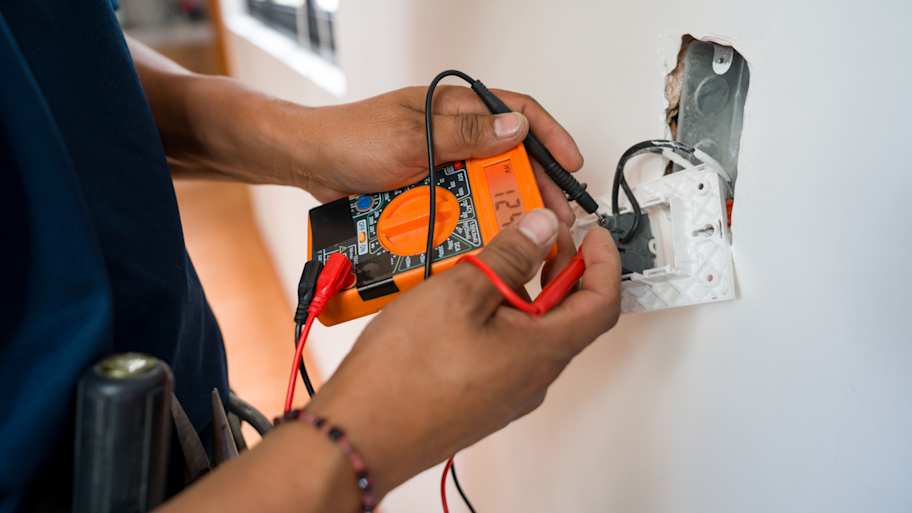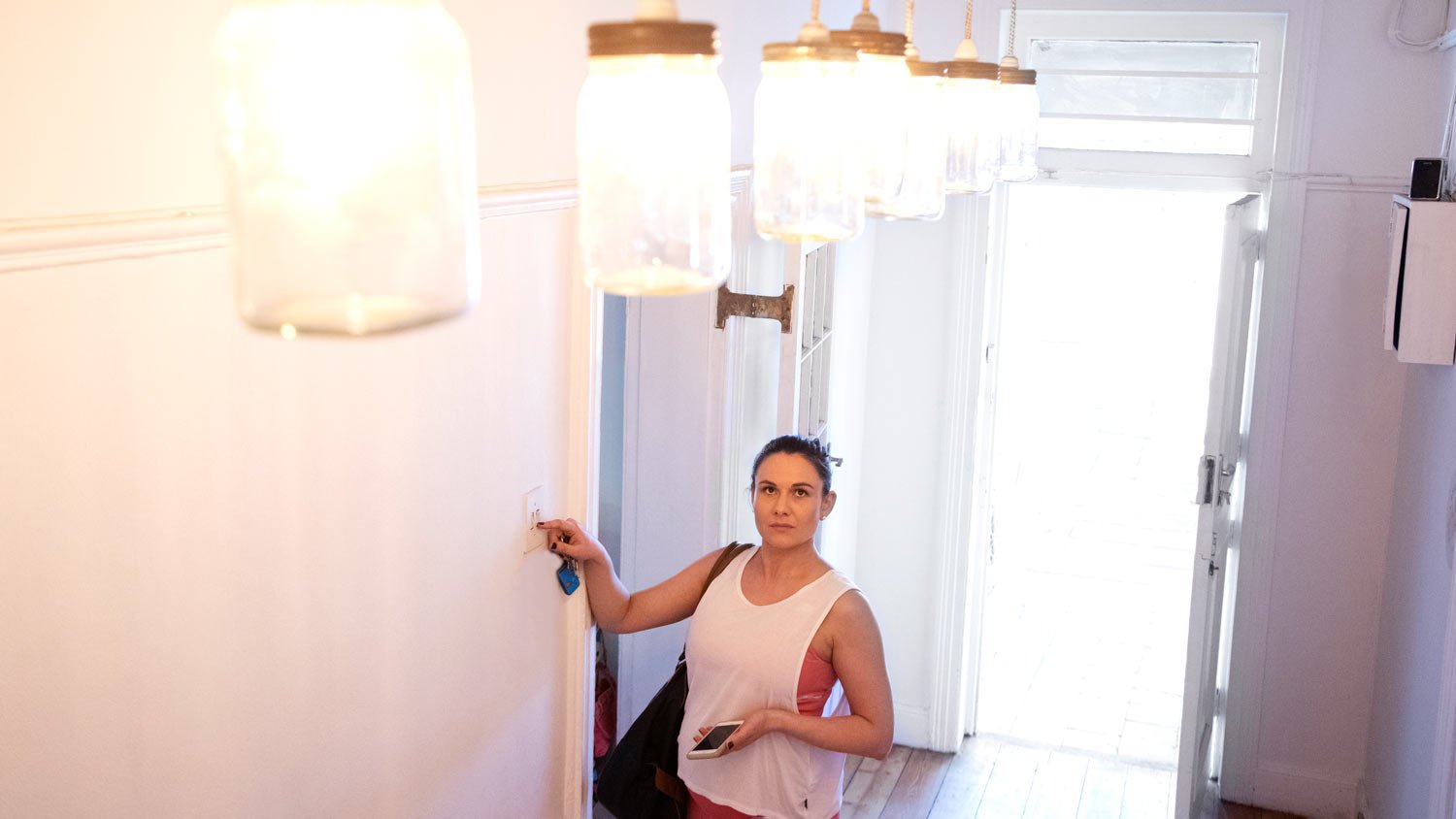
If you’re planning to hire an electrician to install outdoor lights, consider cost factors like light type, bulb type, quantity, and more.
Get amped up with our watt calculator


Watts measure the amount of electrical power being used at a particular moment.
Learn how to calculate watts to get a better handle on your home’s electricity use.
To find the wattage of an appliance or device, multiply the amps by the voltage used.
The higher the wattage, the more power is consumed.
Trying to cut back on your energy costs? Understanding how much electricity your appliances use is a good starting point. To do that, you’ll need to learn how to calculate watts—or the amount of power consumed by an electrical product.
At any given moment, the average house uses 1,083 to 1,375 watts of electricity. However, your home’s watt usage could be lower or higher, depending on your energy consumption habits.
Here’s an overview of some common household appliances and their watt usage:
| Appliance | Average Watts Used |
|---|---|
| Light bulb | 7–100 |
| TV | 50–200 |
| Refrigerator | 400–1,300 |
| Coffee maker | 500–1,500 |
| Hair dryer | 750–1,900 |
| Microwave | 800–1,000 |
| Dishwasher | 1,200–2,400 |
| Central air conditioner | 3,000–3,500 |
Looking for the wattage of an appliance? You’ll often see it on the product label, packaging, or metal nameplate. If you can’t find it, you can use the following formula to determine the wattage of an appliance:
Watts = Amps x Volts

Before you can calculate the wattage of an appliance, you’ll first need to determine its amperage and voltage. For reference, amps (or amperes) measure the volume of electrical current, while volts describe electrical potential (or the “pressure” that pushes electrons along).
Like wattage, the easiest way to find amperage or voltage is by looking at the product label or user manual, both of which should list the product’s electrical requirements. If that’s not an option, you can check the manufacturer’s website or call a local electrician.

It’s safest to hire a licensed electrician for any type of electrical work in your home. It may even be required by law, depending on the nature of the project and where you live.
Whether you’re adding new power outlets, installing lighting, or rewiring your house, here are some questions to ask electricians during the interview phase:
Are you licensed, insured, and bonded?
Are you experienced with this type of project?
Will you bring in any subcontractors? If so, how many and are they covered under your insurance?
Can you share references?
From average costs to expert advice, get all the answers you need to get your job done.

If you’re planning to hire an electrician to install outdoor lights, consider cost factors like light type, bulb type, quantity, and more.

The cost to install a C-wire ranges based on materials and labor, but it only takes an hour or two. Here’s a guide on the project costs to expect.

The cost of a whole-house surge protector depends on the materials, size, installation, and more. This guide will help you budget for a new surge protector.

If you’re trying to choose between a circuit breaker vs. a fuse box for your home, our guide will help you decide which electrical panel is right for you.

Dimmer lights are a winner for ambiance, but they have a few common issues. This guide will show you why your dimmer light is flickering and how to fix it.

Electrical wiring repair and installation projects can be expensive. Here’s how to know if your home insurance will cover them.